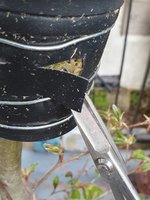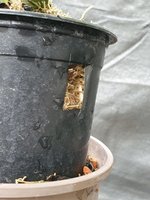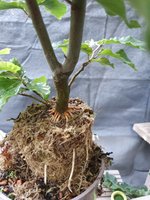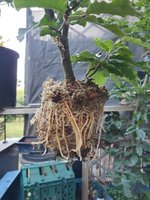pandacular
Omono
This April, I attempted an air layer on an Azara microphylla that has since failed. Looking back at the pictures, I think I see the problem clearly now--way too much green!
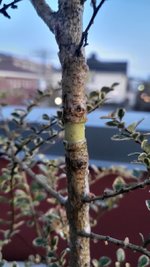
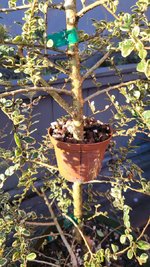
Uncover this first attempt, I do see some signs that it was starting to work, before it completely (and somewhat cleanly) bridged.Notably,the swelling in the trunk above the layer seems to me to be a good sign.
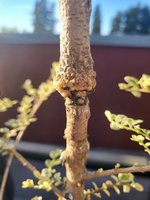
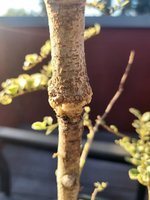
I decided to just give a shot at another air layer at this point, below the swelling, and see if I can separate it in the spring. My understanding of fall being more focused on root growth makes me believe it's a decent enough plan. This time I made sure to leave no green... and then have my non-color blind girlfriend double check. However, I did not remember to take pictures of the new wound I added.
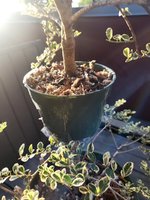
Would love to hear thoughts on my plan, or anything I could improve. This is a piece of nursery stock I bought specifically to practice layering, so I've already gotten my money's worth out of practice. Unfortunately, the top of the tree is much more promising, so I would love for it to succeed, but I'm not holding my breath.


Uncover this first attempt, I do see some signs that it was starting to work, before it completely (and somewhat cleanly) bridged.Notably,the swelling in the trunk above the layer seems to me to be a good sign.


I decided to just give a shot at another air layer at this point, below the swelling, and see if I can separate it in the spring. My understanding of fall being more focused on root growth makes me believe it's a decent enough plan. This time I made sure to leave no green... and then have my non-color blind girlfriend double check. However, I did not remember to take pictures of the new wound I added.

Would love to hear thoughts on my plan, or anything I could improve. This is a piece of nursery stock I bought specifically to practice layering, so I've already gotten my money's worth out of practice. Unfortunately, the top of the tree is much more promising, so I would love for it to succeed, but I'm not holding my breath.

